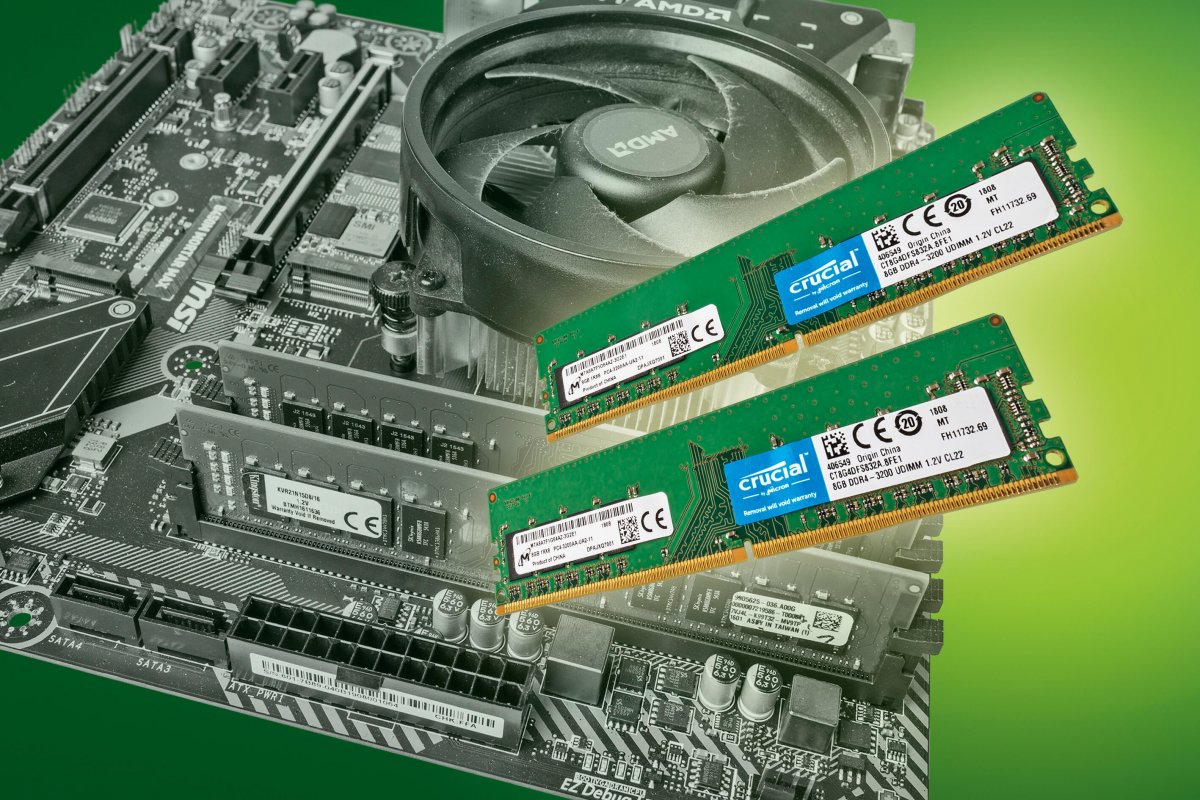When a computer’s working memory, or RAM, is completely full, it can result in slower performance. The amount of RAM needed for a PC depends on the software being used and individual usage patterns. To check the current RAM level on a Windows computer, you can use the task manager. If you only use a single application in full-screen mode, 4 GB of RAM might be sufficient. However, for modern Windows computers, it is recommended to have a minimum of 8 GB, and even better, 16 GB. Only a small number of individuals require 32 GB or more.
Most desktop computers have replaceable dual inline memory modules (DIMMs), while mini PCs and notebooks have smaller “small outline” design (SO-DIMMs). The type of DDR-RAM used, whether DDR3, DDR4, or DDR5, depends on the computer. DDR5 is a new technology in 2023, so retrofitting may not be necessary, and it is not advisable for older computers using DDR2 as it is outdated. Some notebooks with soldered RAM also have an SO-DIMM slot, allowing for expansion.
This guide focuses on DDR3 and DDR4 modules, which are not compatible with each other. This means that suitable (SO-)DIMMs for the specific mainboard are required. Most mainboards, including those in mini-PCs, have two RAM channels. Ideally, these should be equipped with the same modules for higher RAM transfer rates, but this does not significantly impact PC performance in most applications. Therefore, it is possible to upgrade just one channel or equip the two channels asymmetrically.



